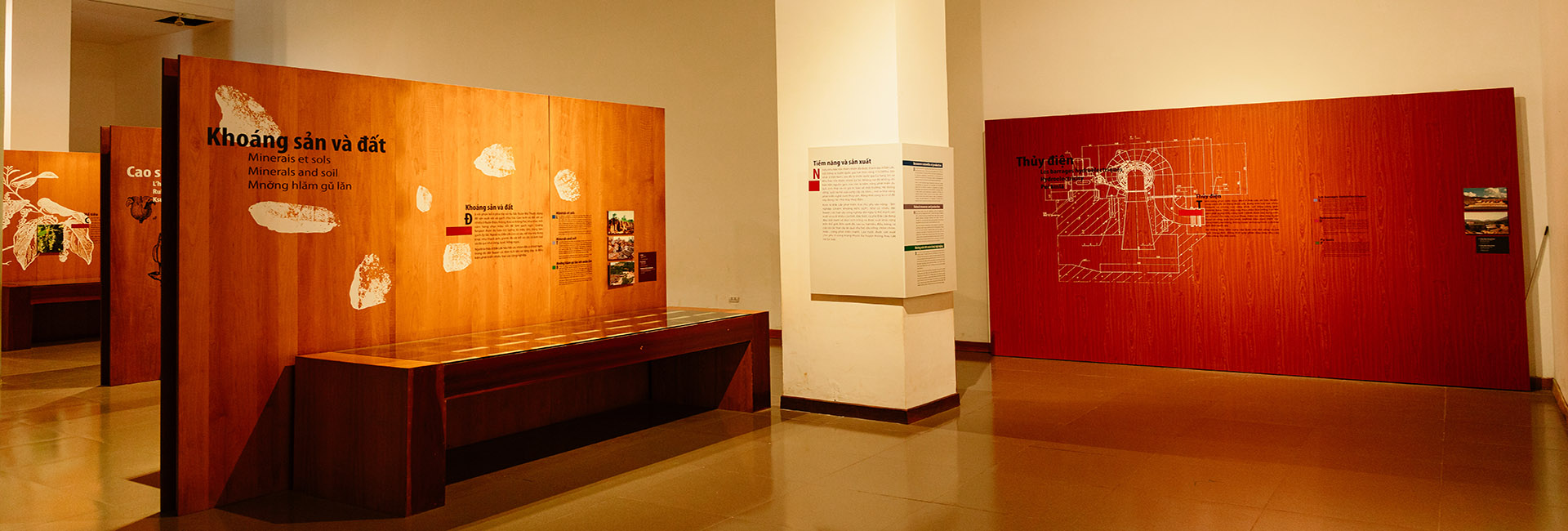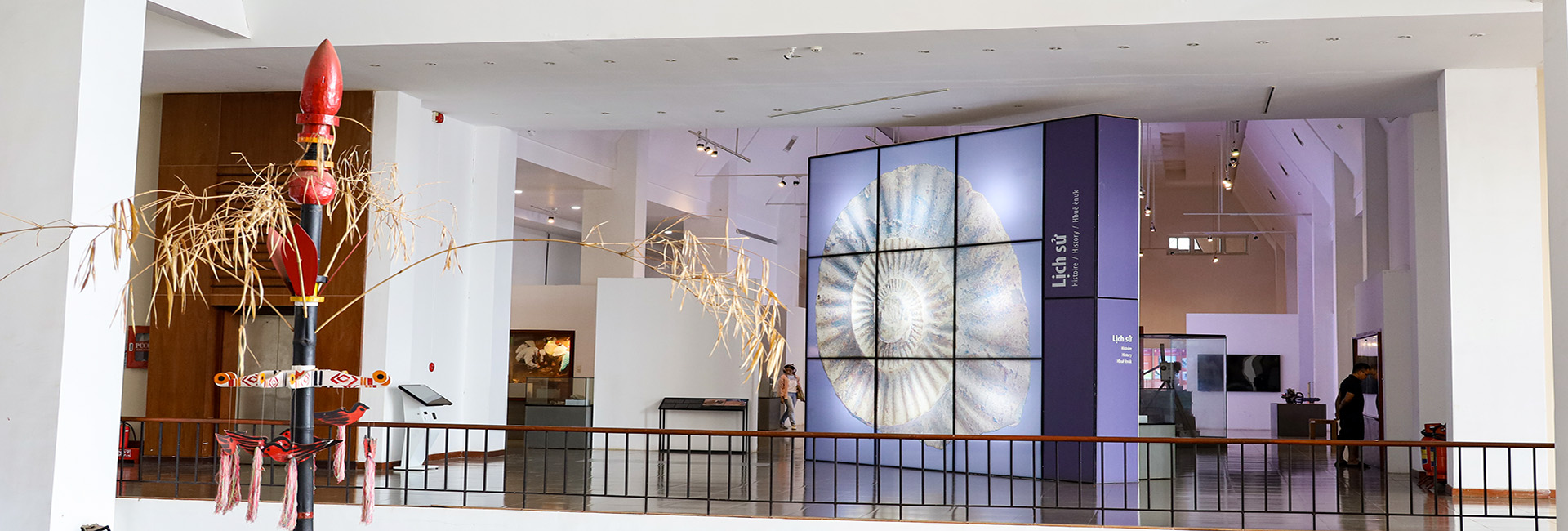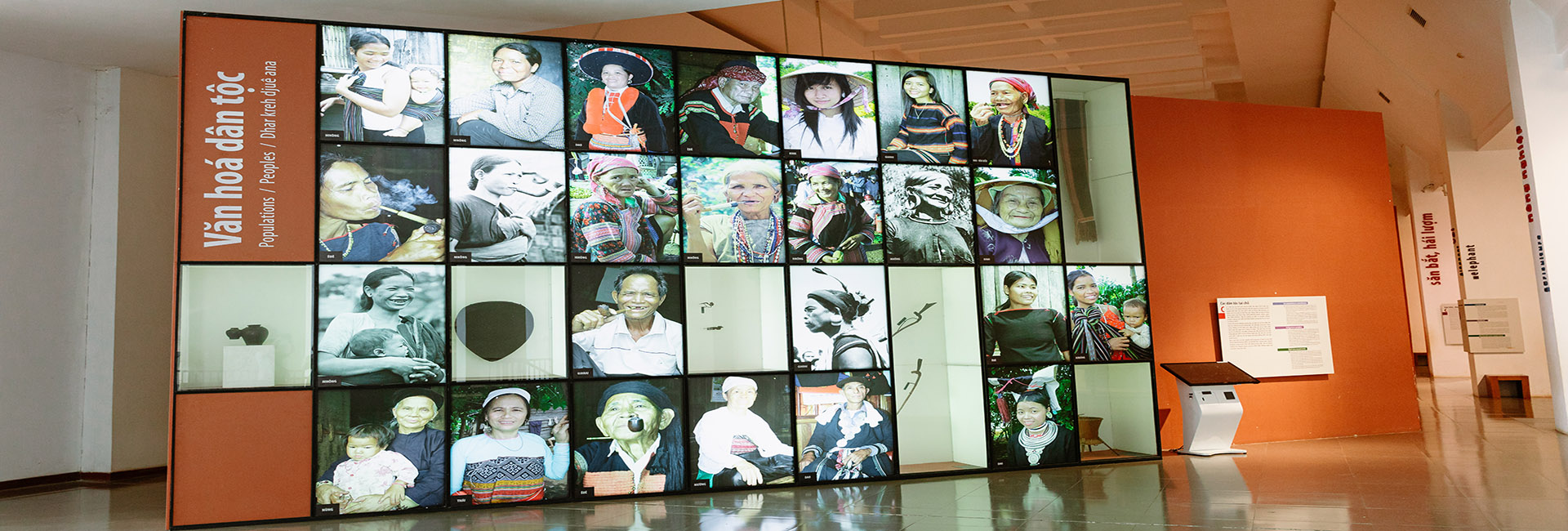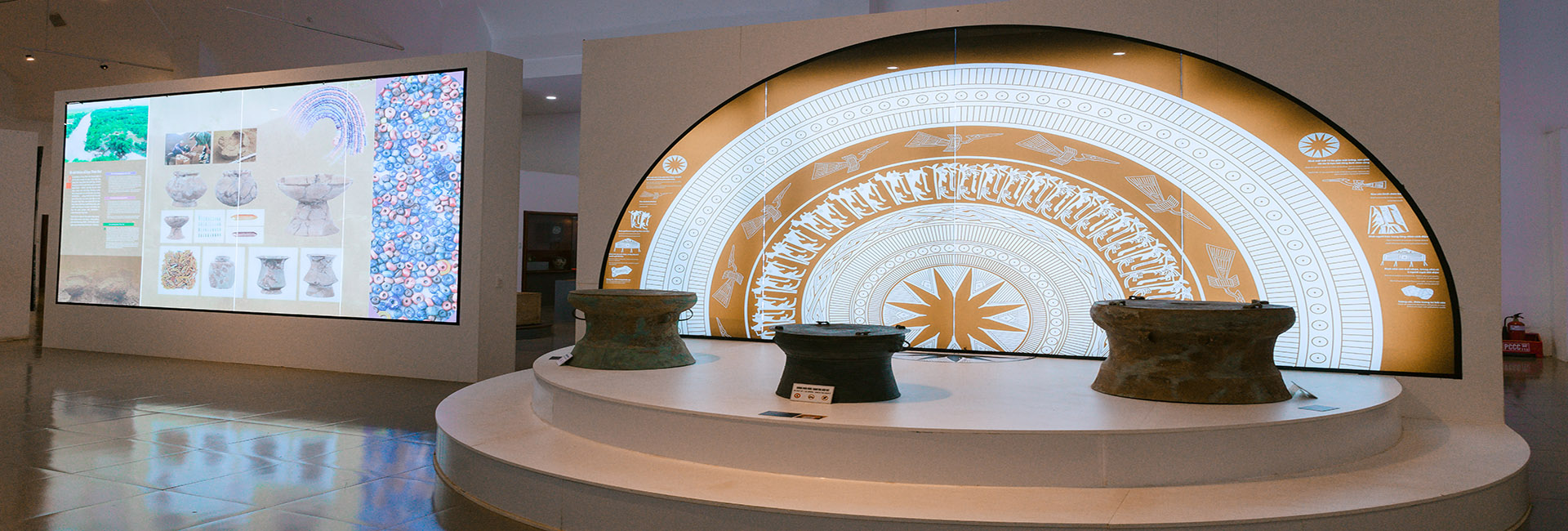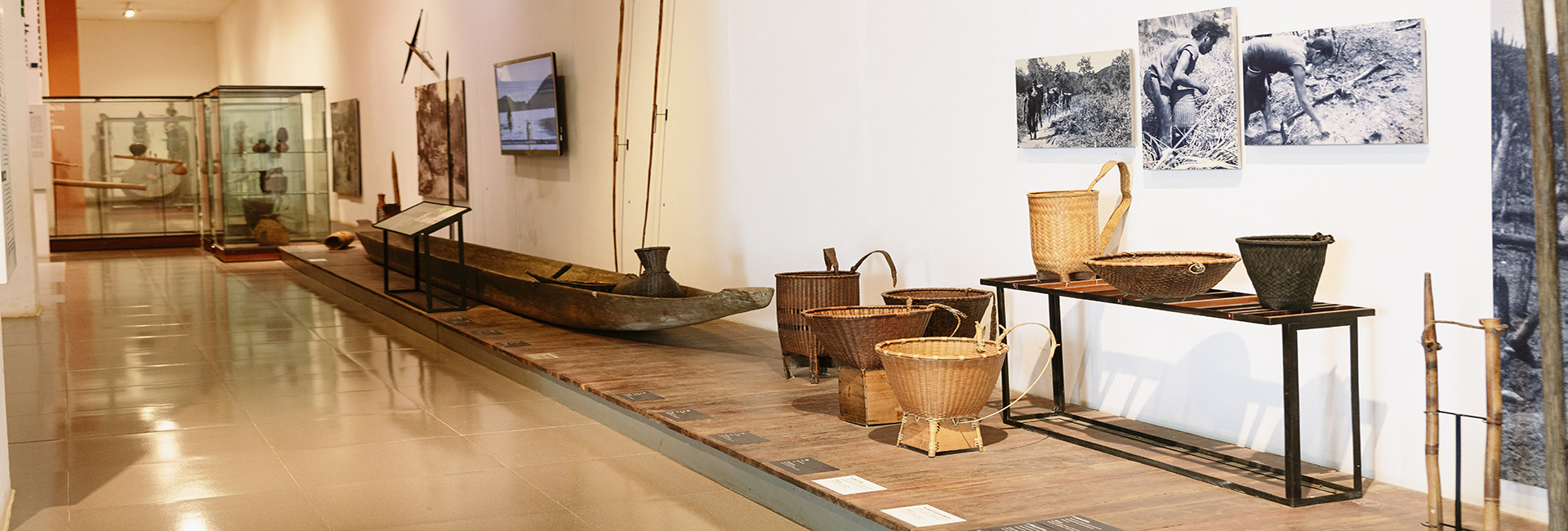JOIN HANDS TO EASE THE PAIN OF AGENT ORANGE
The war stopped for nearly 50 years, but its consequences are still present. The pain affected with Agent Orange is thing that Vietnamese country will need hundreds of years to overcome. The ecological environment is destroyed, the sequelas of Agent Orange/dioxin have lasted from generations. The Agent Orange suffered families in Vietnam have extremely difficulty in their living.
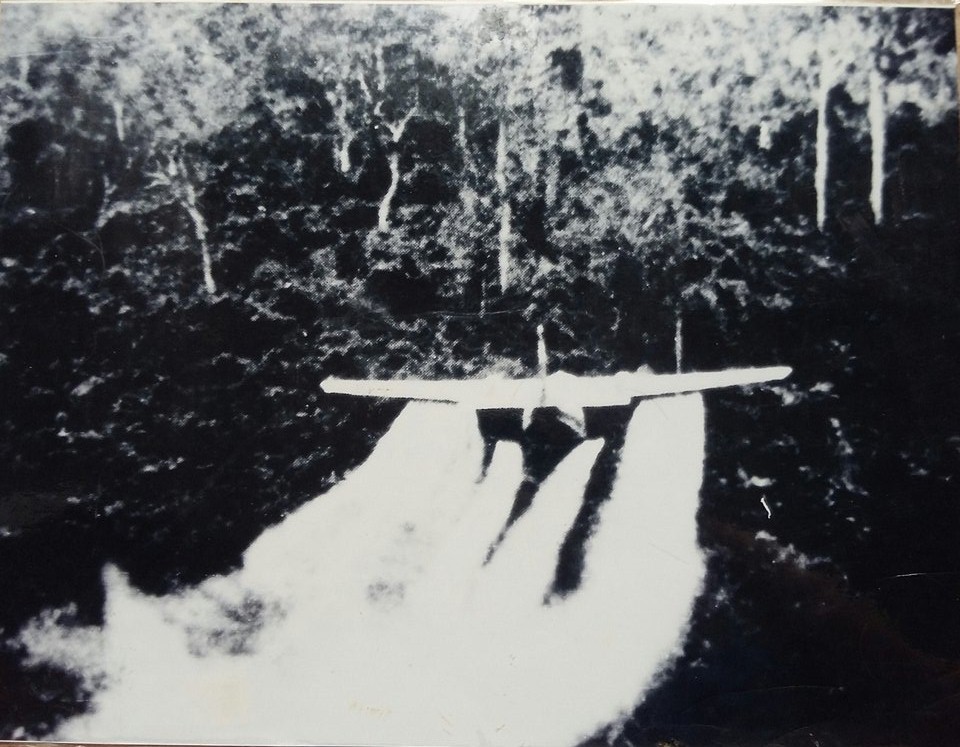
C123 aircraft spraying chemical agents (Documentary photo of Dak Lak Museum)
On August 10th, 1961, the US military began using chemical weapons for the war in Vietnam. The US used about 15 types of chemicals in large quantities and high concentrations, turning Vietnam into a giant laboratory for researching and testing toxic substances for military purposes. In particular, the use of Agent Orange/dioxin on the Vietnam battlefield from 1961 to 1971 caused the Agent Orange disaster, which not only destroyed the environment and ecosystem but also directly impacted on Vietnamese people’s health over the years.

Duc Minh Forest, Dak Mil District is one of the areas in the Central Highlands that was heavily damaged by American bombs and toxic chemicals (Documentary photo of Dak Lak Museum)
It is proven in reality that the chemical war conducted by the US in Vietnam was the largest, longest and most disastrous in human history. The US military conducted 19,905 cases, in which they sprayed 80 million liters of toxic chemicals (61% Agent Orange containing 366 kg of dioxin) on an area of more than 3 million hectares (nearly 1/4 of the South Vietnam’s total area). Scientists around the world have confirmed that only one billionth of a gram of dioxin can cause immediate death, so using 85 grams of dioxin is enough to kill about 8 million people in a city. Members of the US Academy of Sciences and the US Academy of Medicine have acknowledged many diseases related to Agent Orange/dioxin in Vietnam. Hundreds of thousands of victims have died and hundreds of thousands of people are fighting against serious illnesses. Agent Orange/dioxin causes diverse and complex damage to all parts of the body, causing skin cancer, liver cancer, thyroid cancer, diabetes, neurological and endocrine problems, etc.; It also lead to genetic and chromosomal mutations, which results in innate defects and parturition complications. Common diseases that children and grandchildren of Agent Orange victims bore are complete or partial paralysis, blindness, muteness, deafness, etc. In particular, Agent Orange can be passed down through many generations, even the 4th generation in Vietnam.

Krong Pak Forest, the East of Buon Ma Thuot, heavily damaged by toxic chemicals (Documentary photo of Dak Lak Museum)
During the war against the US to save the country, Dak Lak was an important strategic area of the Central Highlands. Therefore, the US military focused on attacking it fiercely. They sprayed toxic chemicals containing dioxin on revolutionary bases, causing serious consequences. To care for, help, and share the pain of Agent Orange victim’s families, Dak Lak Provincial People's Committee issued Decision No. 78/2004/QD-UBND, dated December 14th, 2004, on the establishment of the Provincial Association of Agent Orange/Dioxin Victims. The emulation movement "For Vietnamese Agent Orange Victims" launched by the Central Association has been well responded to and implemented by all levels of the Association. The Association focuses on propagating and disseminating the Party’s and State's guidelines, policies and strategies on overcoming the consequences of toxic chemicals. Thereby, it makes contribution to raising public awareness of the Agent Orange disaster and the efforts of the Party, State and whole society in surmounting the consequences of chemical toxins on the environment and people's health; arousing the conscience and compassion of the community "Joining hands to ease the pain of Agent Orange". Victims of Agent Orange are encouraged and received share to be confident to overcome themselves, integrate into the community, set an example in implementing the Party's guidelines and policies, and the State's laws, and they actively participate in local emulation movements.
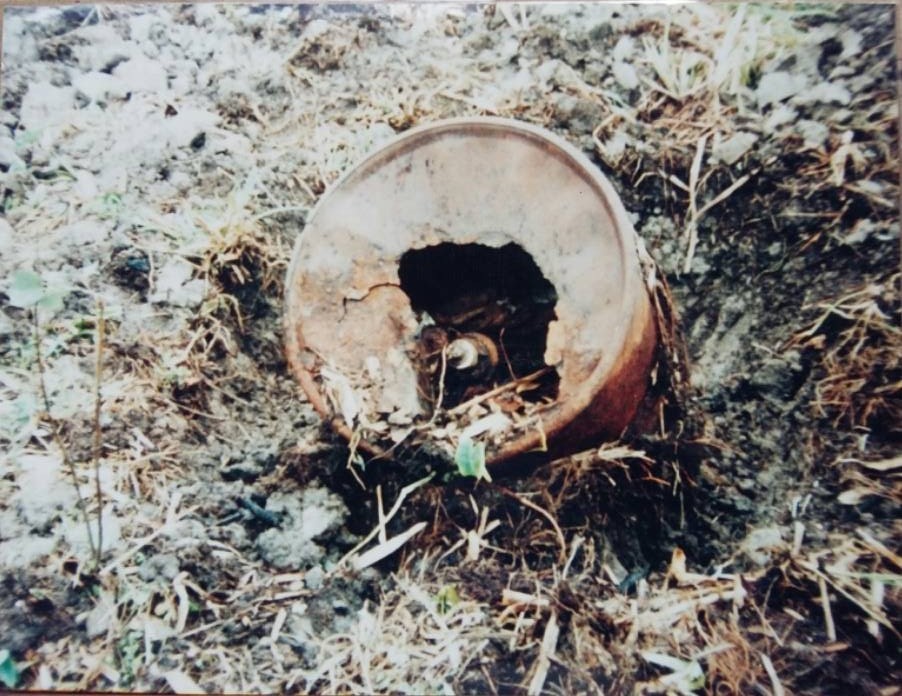
Unexploded US chemical containers left in the forests of the Central Highlands (Documentary photo of Dak Lak Museum)

The blind boy - Duon (died in 1984) and his mother. Photo taken in Buon Ma Thuot, 1982 (Documentary photo of Dak Lak Museum)
Dak Lak province currently has nearly 5,000 people are exposed to toxic chemicals, including resistance fighters, their children and local citizen, who are victims of the resistance. In addition to proposing to leaders and functional sectors at all levels to pay attention to resolving the regime for those exposed victims, advising them to complete the required procedures, the Associations at all levels have also actively mobilized to build funds to have more resources to help the victims of Agent Orange. Thanks to that, since its establishment, the Associations have received attention, support and contributions to fund building from Party Committees levels, authorities, sectors, agencies, enterprises, and philanthropists inside and outside the province. The victims of Agent Orange have now left sequela for the 4th generation. They carry many serious illnesses, physical and mental pain that never ends; therefore, it needs to have the share and cooperation of the whole society to help the victims of Agent Orange somewhat ease their pain.
Tran Hang




